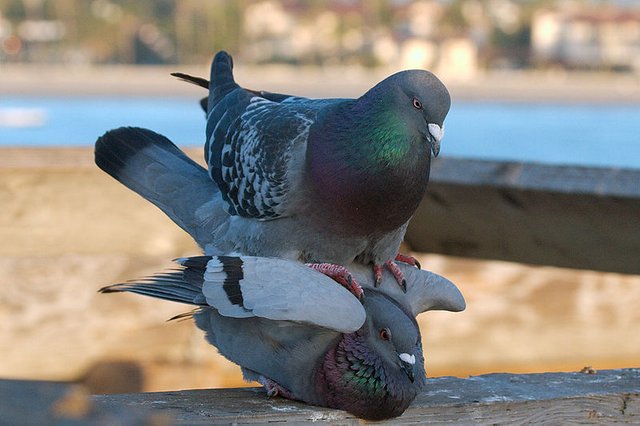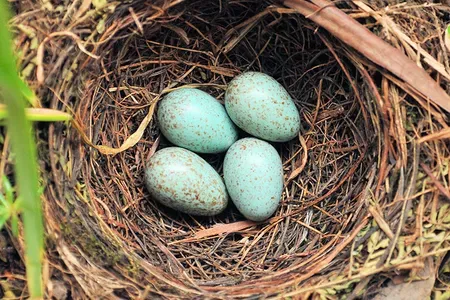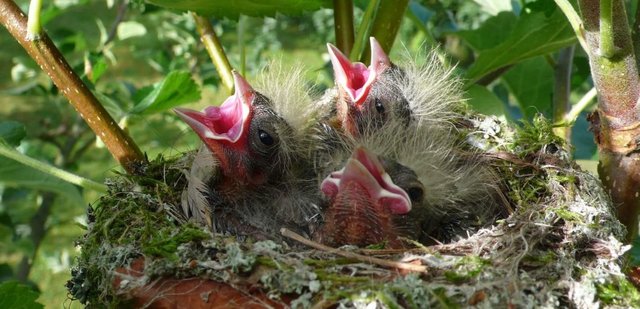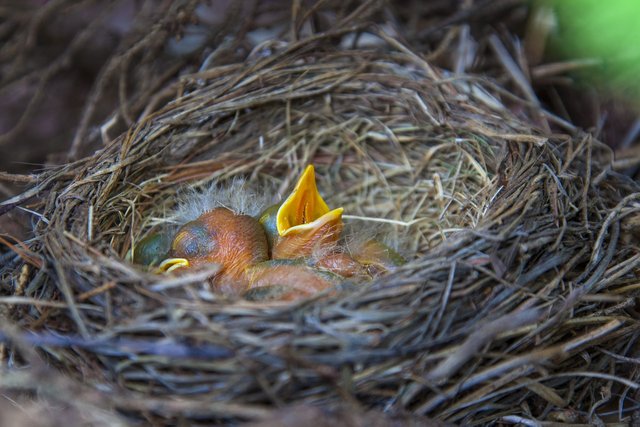Reproduction in Birds
It is very interesting to observe different kinds of birds. If there are birds near you, please observe them and write down stories about what they do. You may have seen poultry mating on the farm or chickens running around your house. The hen stopped, lowered her head a little, and hunched over.
The rooster then rides on his back. Before the eggs are fertilized, they have developed well in the hen's ovaries, but they do not have a hard shell.

Source:Pixabay
Of course, the egg will leave the bird's body regardless of whether it is fertilized or not. The colors of bird eggs vary.

Source
The eggs are white or brown. In many cases, the color of the shell makes it difficult to see by animals that eat it. After the hen lays the most eggs (which varies from bird to bird), she begins to sit on the eggs to keep warm.
During this time, this hand usually does not eat much because it does not move, but sometimes the male bird will bring it food. This period is called the incubation period.
By using an incubator, the eggs can be hatched without the help of the mother bird. This is a kind of box that keeps the eggs at the right temperature for them to hatch. In birds, the incubation period is 21 days.
Afterward, the chicks hatch from their shells. As soon as the baby birds are born, the mother bird no longer feeds; they look for food on their own.

Source
For pigeons and swallows, both male and female birds will take care of young birds.
In conclusion, reproduction in Birds is an outstanding mechanism. But it is reasonable to remember that not all the birds tends to their new chicks. This is why mammals are the best mothers because they capable of taking care of their new born babies.
References


